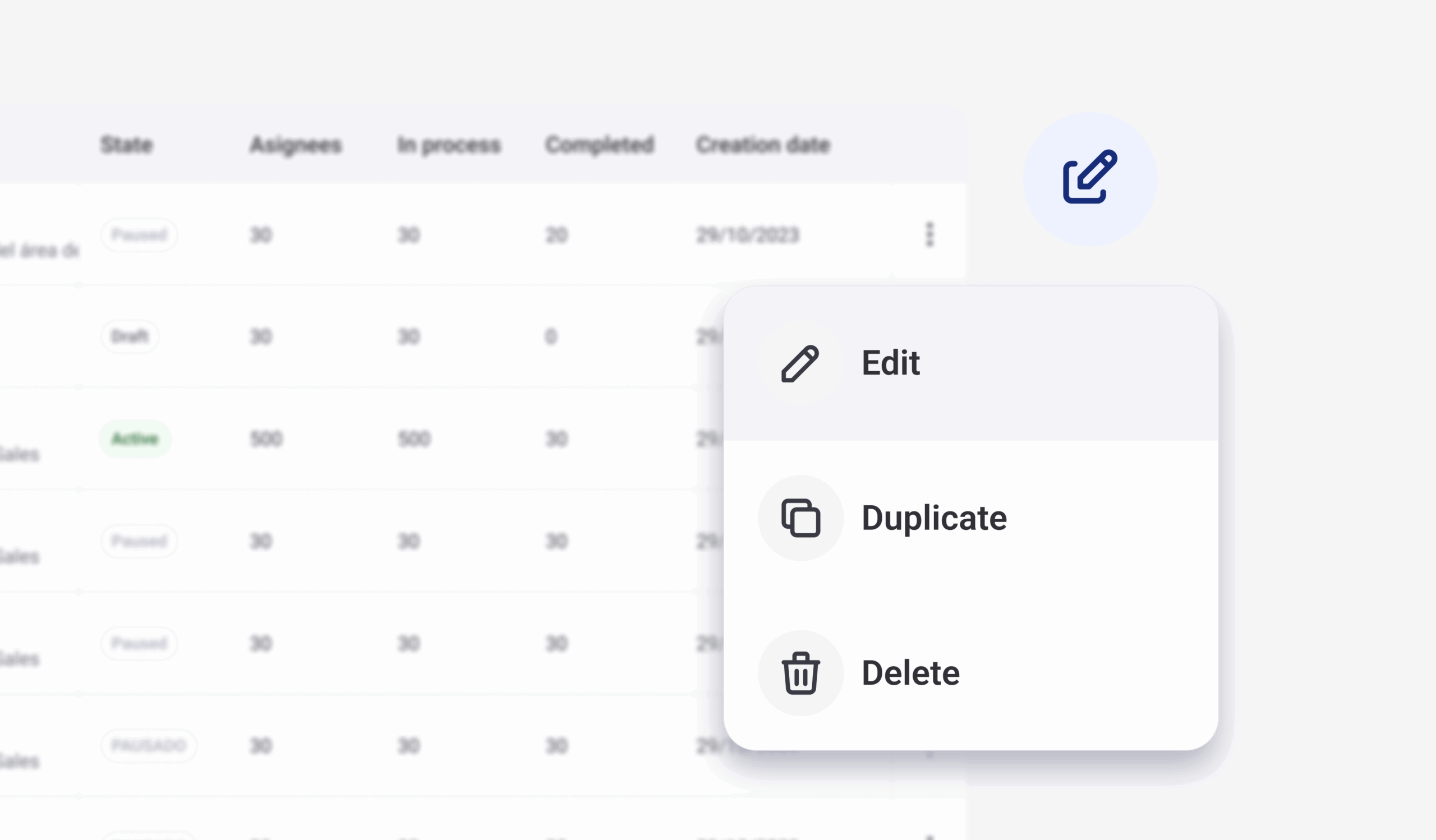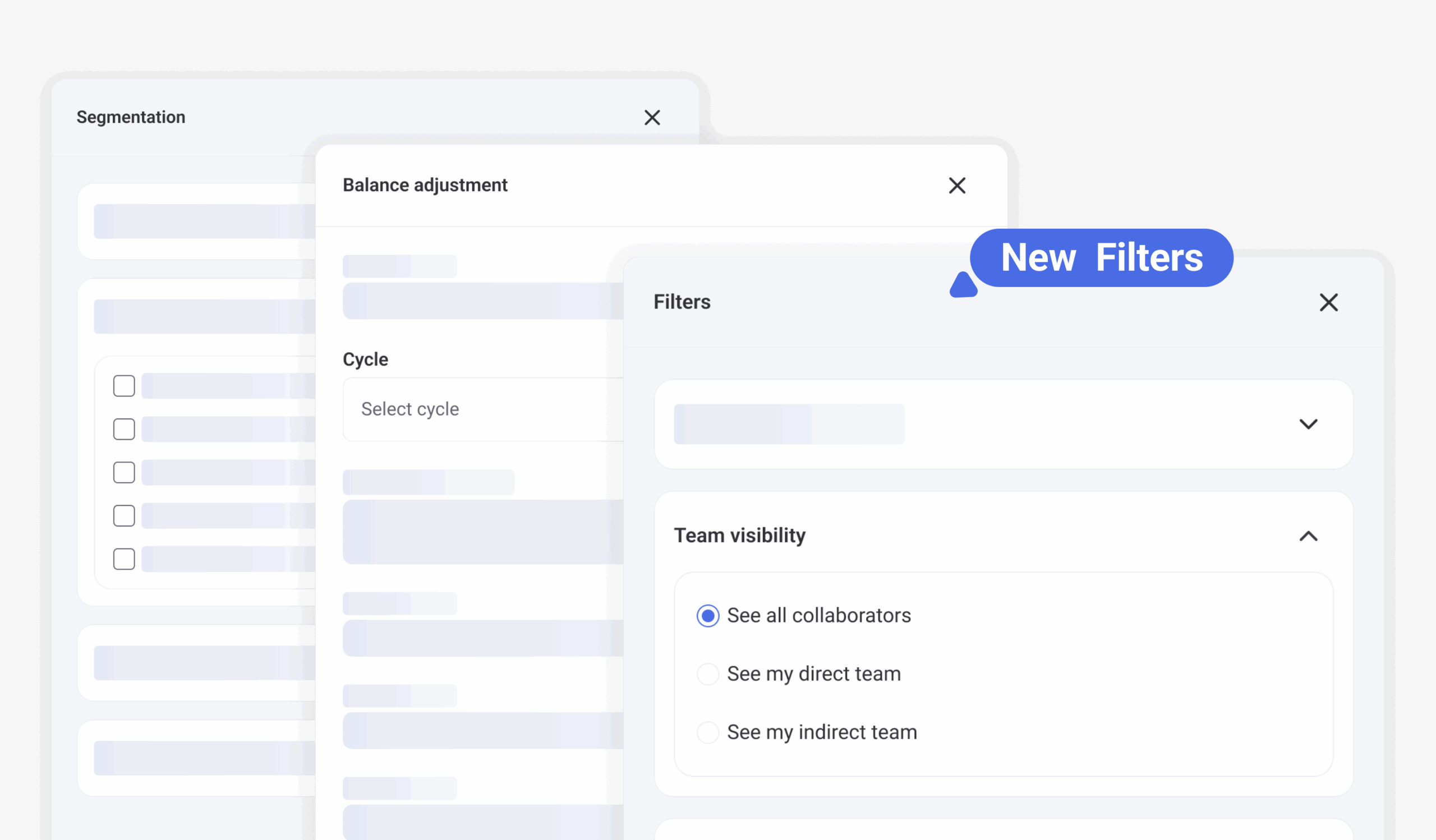Introduction
Employee write-up forms are a crucial tool in effectively managing employee performance and conduct within organizations. Whether addressing minor infractions or serious policy violations, these forms provide a structured way to document incidents, communicate expectations, and track disciplinary actions. In this guide, we’ll explore everything you need to know about employee write-up forms, including a downloadable template to streamline your HR processes.
What is an Employee Write-Up Form?
Employee write-up forms, often referred to as disciplinary forms or incident reports, serve as a formal record of an employee’s behavior or performance issues. They are essential for maintaining consistency, transparency, and fairness in workplace management practices.
An employee write-up form is a document used by employers to record incidents where an employee’s behavior or performance does not meet expected standards. It typically includes details such as the employee’s information, incident description, violation of company policy, previous warnings, manager’s comments, action plan for improvement, and signatures of both the employee and the manager.
Benefits of Using Employee Write-Up Forms
Using employee write-up forms offers several benefits:
– Consistency: Ensures that disciplinary actions are applied fairly across all employees.
– Legal Protection: Provides a documented history of incidents, which can be crucial in legal disputes.
– Feedback and Improvement: Facilitates constructive feedback discussions and outlines clear expectations for the employee’s improvement.
When Should Employee Write-Up Forms be Used?
Employee write-up forms should be used in various situations, including:
– Repeated Policy Violations: When an employee repeatedly violates company policies or procedures.
– Performance Issues: For instances of poor performance or failure to meet job expectations.
– Misconduct: Addressing behavior that disrupts the workplace environment or violates ethical standards.
It’s important to clarify misconceptions about when to use write-up forms, ensuring they are used as a tool for corrective action rather than punishment.
Elements of an Effective Employee Write-Up Form
A well-structured employee write-up form typically includes:
– Employee Information: Name, department, position, and date of the write-up.
– Incident Details: Date, time, location, and a factual description of the incident.
– Violation of Company Policy: Clearly state which policy or expectation was violated.
– Previous Discussions/Warnings: Document any previous verbal warnings or discussions related to similar issues.
– Manager’s Comments: Assessment of the incident, impact on the team, and recommendations for improvement.
– Action Plan: Specific steps the employee must take to address the issue, including timelines.
– Signatures: Signatures of the employee, manager, and witnesses (if applicable).
Guide to Using Our Free Template
To facilitate your HR processes, we’ve included a free employee write-up form template.
Here’s how you can use it effectively:
– Customization: Tailor the template to fit the specific details of each incident or violation.
– Integration: Incorporate the template into your existing HR management systems for consistency and efficiency.
– Compliance: Ensure all legal and company requirements are met when documenting incidents.
Example of Employee Write-Up Form
To illustrate how an employee write-up form is structured and used, let’s consider a hypothetical scenario involving an employee named John, who has repeatedly been late to work.
—
Employee Write-Up Form
Employee Information:
– Employee Name: John Smith
– Department/Team: Sales
– Job Title: Sales Associate
– Date of Write-Up: [Date]
Incident Details:
– Date and Time of Incident: [Date and time of each incident]
– Location: Office
– Description of Incident or Issue: John arrived late to work by 30 minutes without prior notification to his supervisor.
Violation of Company Policy or Expectations:
– John’s behavior is in violation of company policy regarding punctuality as outlined in the employee handbook, Section 3.2.
Previous Discussions/Warnings:
– John has received verbal warnings on [Date 1] and [Date 2] regarding tardiness.
Manager’s Comments:
– This repeated lateness impacts team morale and productivity. John’s consistent tardiness needs immediate improvement to uphold team standards.
Employee Comments (Optional):
– [John’s response or comments if provided]
Action Plan:
– John is required to arrive on time for all scheduled shifts.
– A follow-up meeting will be scheduled on [Date] to review John’s progress.
– Failure to comply may result in further disciplinary action, up to and including termination.
Signatures:
– Employee’s Signature: [John’s signature]
– Manager’s Signature: [Manager’s signature]
– Date: [Date]
—
This example demonstrates how an employee write-up form can effectively document an incident of tardiness while outlining expectations for improvement and consequences for non-compliance. Adjust the specifics of the form template as per your organization’s policies and practices to maintain consistency and fairness in disciplinary actions.
Here is another template.
Best Practices for Handling Employee Write-Ups
To maximize the effectiveness of employee write-up forms, consider these best practices:
– Confidentiality: Handle employee information with utmost confidentiality and sensitivity.
– Clear Communication: Clearly communicate the reasons for the write-up and expectations for improvement.
– Follow-Up: Schedule follow-up meetings to monitor progress and provide ongoing support.
– Fairness: Treat all employees equitably and avoid bias in the disciplinary process.
Enhancing People Management and Productivity with Humand
Humand is more than an HR software for managing employee records—it’s a comprehensive HR solution designed to optimize people management practices and drive organizational success. Here’s how Humand can benefit your organization:
Improve Internal Communication
Humand connects your entire workforce in one centralized platform, enhancing internal communication. Whether it’s company announcements, policy updates, or project milestones, employees stay informed and engaged with real-time information.
Save Time and Increase Productivity
By digitizing HR processes, Humand reduces the need for emails and paperwork, allowing HR professionals to focus on strategic initiatives rather than administrative tasks. This efficiency can lead to a 10x faster workflow, boosting overall productivity across the organization.
Engage Your Employees
Humand promotes employee engagement by fostering relationships, commitment, and a sense of belonging. Features like employee feedback tools and recognition programs empower employees and reduce turnover by creating a supportive work environment.
Strengthen Corporate Culture
Empower your corporate culture with Humand’s emphasis on collaboration and transparency. By promoting open communication and shared goals, Humand helps cultivate a positive work culture where team members thrive and contribute to organizational success.
Reach Your Desired Audience
Utilize Humand’s targeted communication capabilities to reach specific groups within your organization. Whether it’s by department, location, or role, push notifications ensure that relevant information reaches employees promptly, improving efficiency and alignment.
Build Community
Humand facilitates a more connected and collaborative organization, where ideas can flow freely and innovation thrives. By encouraging teamwork and knowledge sharing, Humand helps build a strong community that supports organizational growth and adaptation.
By integrating Humand into your HR strategy, you not only streamline administrative processes but also create a dynamic and supportive workplace environment.
Conclusion
Employee write-up forms are invaluable tools for maintaining a productive and respectful workplace environment. By utilizing the information and template provided in this guide, HR professionals and managers can effectively manage employee performance, ensure compliance with company policies, and foster a culture of accountability and improvement.
Explore more resources and tools for HR management on our HR blog, and empower your organization with effective people management solutions.






